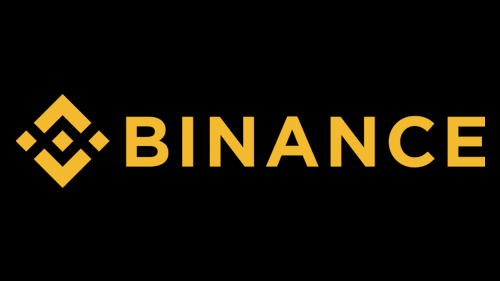How LUNC Price Calculator Works
Wondering how LUNC price is determined? It's a simple equation: divide the total market capitalization by the circulating supply. This gives you the current price of one LUNC token.
Estimated Price (USD) =
Market Cap (USD)
Circulating Supply (UNIT)
Our online tool makes this calculation easy for you. Simply input the market cap and circulating supply, and voila! You'll have the estimated LUNC price. Learn more about LUNC price calculation tool here.
Market Capitalization
Market capitalization, often referred to as "market cap," is essentially a company's total valuation based on its outstanding shares. It's calculated by multiplying the current share price by the total number of shares. In simpler terms, it's the total amount investors would pay to own the entire company. Market cap is a key metric used to gauge a company's size and financial health.
Factors Influencing Market Capitalization
Market capitalization, a metric often used to assess a company's size and financial health, is influenced by several key factors. Here's a breakdown of some of the most significant ones:
1. Positive Market Sentiment:
- Technological Advancements: Breakthroughs in technology or product features can significantly enhance a company's market appeal.
- Partnerships and Collaborations: Strategic alliances with influential companies or organizations can boost market confidence.
- Regulatory Approvals: Favorable regulatory decisions or changes can open new markets and increase investor interest.
- Product Launches and Updates: Successful product launches or significant updates can drive demand and increase market capitalization.
2. Increased Demand:
- Use Cases and Applications: A growing number of practical applications or use cases for a cryptocurrency can drive demand and, consequently, its market capitalization.
- Investor Confidence: Positive market sentiment and investor confidence can fuel demand for a cryptocurrency.
3. Fear of Missing Out (FOMO):
- Price Appreciation: As a cryptocurrency's price rises, FOMO can kick in, leading to a surge in demand and further price increases.
- Media Hype: Positive media coverage and hype can also contribute to FOMO, driving up market capitalization.
Important Note:
While market capitalization is a valuable metric, it's essential to remember that it primarily reflects market sentiment and can be influenced by speculative trading. It doesn't necessarily correlate directly with a coin's underlying value or profitability. Investors should conduct thorough research and consider multiple factors before making investment decisions.
Circulating Supply
Circulating Supply refers to the total number of cryptocurrency tokens or coins that are currently available for trading in the market. This figure excludes coins that are locked up in various wallets, lost, or otherwise unavailable for public circulation. It's essentially the number of coins that can be bought or sold at any given time, influencing the overall market capitalization and price of the cryptocurrency.
Staking Reduce Circulating Supply
Staking directly impacts circulating supply by reducing the number of tokens available in the market. When users stake their LUNC, they essentially lock them up for 21 days, removing them from the circulating supply. This reduction in available tokens can positively influence the token's price due to basic supply and demand economics. As the circulating supply decreases, the potential value of each remaining token increases, assuming demand remains constant or increases.
Burning Reduce Circulating Supply
Burning is a mechanism that permanently removes LUNC from circulation. When LUNCs are burned, they are essentially sent to a designated "burn address" from which they cannot be recovered. This process reduces the overall supply of LUNC in the market, potentially increasing the value of the remaining LUNCs. Burning is often implemented as a deflationary measure to control token supply and potentially stimulate price appreciation.





